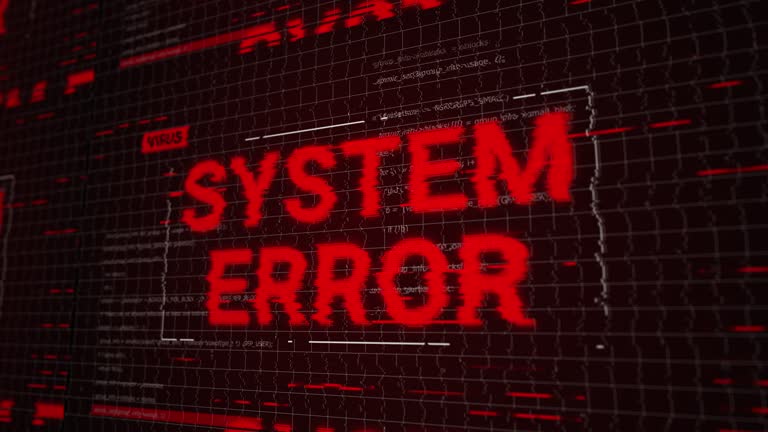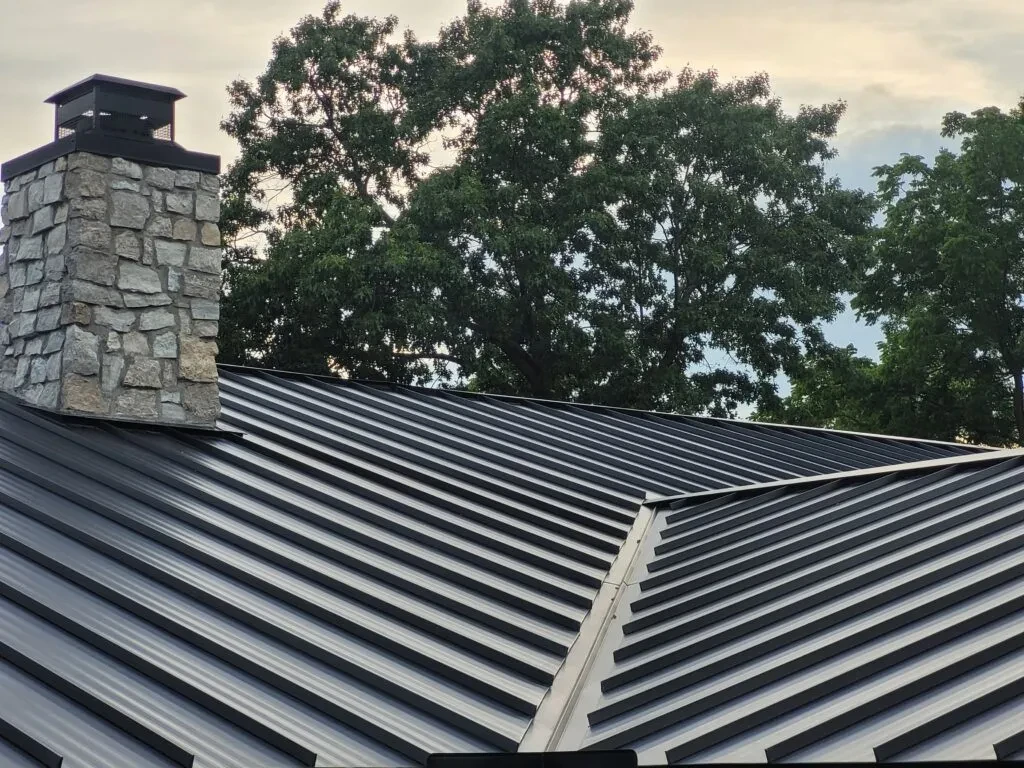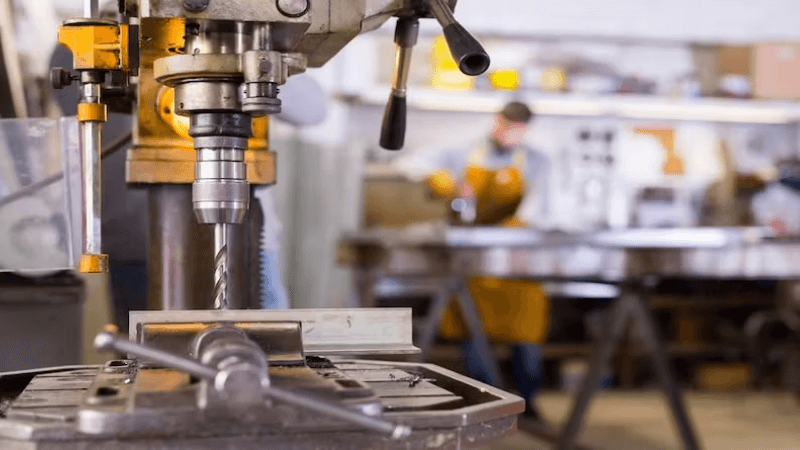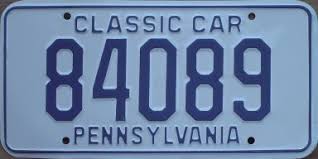Prefix Number Plates: How to Choose the Perfect Classic Registration for Your Car
Ever wondered why some cars just look more distinguished than others? Often, it’s down to something as simple as their number plate. Prefix plates – those classic registrations from the 1983 to 2001 era – have a certain charm that modern plates struggle to match. They’re like the vintage watches of the registration world: timeless, elegant, and always in good taste.
If you’ve been thinking about giving your motor a bit more character, a prefix plate might be what you’re after. But with so many options out there, how do you pick the right one?
What Makes Prefix Plates Special?
Prefix plates follow a straightforward pattern: one letter at the start (showing the age), followed by up to three numbers, then three letters. So you might see something like M123 ABC or P7 DEF. Simple, clean, and none of that cluttered look you get with newer registrations.
The beauty of these plates is in their understated elegance. They don’t shout about being personalised – they just quietly suggest that the owner has put some thought into their choice. It’s a subtle way of standing out from the crowd without going over the top.
Unlike completely dateless number plates, prefix number plates do give away a rough age range (they cover 1983 to 2001), but that’s often not a problem. In fact, many people quite like the retro feel this gives their car, especially if it matches the vehicle’s actual vintage.
Understanding the Age Codes
The first letter tells you which year the plate represents. It starts with A for 1983, runs through the alphabet (skipping I, O, U and Z), and ends with Y for 2001. So a plate beginning with M would be from 1994, while one starting with R represents 1997.
This system is handy because you can choose a prefix that either matches your car’s actual age or gives it the vintage feel you’re after. Got a 1995 Honda? An N-prefix plate would be period-correct. Driving something newer, but fancy a retro vibe? Go for an earlier letter.
Some letters are more popular than others. M, N, and P prefixes seem to be particularly sought after, probably because they represent the mid-90s era when car design was hitting its stride, but before everything became too modern and computerised.
Choosing Numbers That Work
The numbers in prefix plates are flexible. You might have just one digit (like A1 ABC) or up to three (A123 ABC). Single and double-digit numbers tend to be more valuable and eye-catching, but they’re also pricier.
If you’re after something personal, think about significant numbers in your life. Birthday, anniversary, lucky number – anything that means something to you. A plate like P21 might represent a 21st birthday from 1996, while M7 could be your lucky number from 1994.
Don’t overlook the power of round numbers, either. P10, M50, or N100 have a nice ring to them and are often easier to remember than random combinations. Plus, they tend to photograph well if you’re into showing off your motor on social media.
The Letter Combination Game
The three letters at the end are where you can really get creative. This is your chance to incorporate initials, abbreviated names, or even cheeky words (within DVLA guidelines, of course).
Popular combinations include initials – if you’re John Andrew Smith, you might look for something ending in JAS. Or maybe you want your surname represented – SAMS for the Smith family, or DAVE for obvious reasons.
Some people go for hobby-related combinations. CAR enthusiasts might want something ending in those letters, while GOL could work for golfers. The trick is finding something that feels natural and isn’t trying too hard.
Matching Your Car’s Personality
Different cars suit different styles of prefix plates. A classic sports car might look brilliant with a low-number plate like M7 XYZ, while a family estate could work perfectly with something more straightforward like P123 ABC.
Consider your car’s era, too. If you’ve got a genuine 90s motor, a period-correct prefix adds authenticity. But there’s nothing wrong with putting a retro plate on a modern car if you like the look – it’s your choice entirely.
Think about the visual balance, as well. Shorter cars sometimes look better with compact registrations, while longer vehicles can carry off three-digit combinations more easily.
Investment Potential and Value
Prefix plates can hold their value remarkably well, especially the more desirable combinations. Low numbers, interesting letter combinations, and popular age prefixes tend to maintain or increase their worth over time.
That said, don’t buy purely as an investment. Get something you genuinely like and will enjoy displaying on your car. The financial benefits should be a bonus, not the main motivation.
Some prefixes are becoming increasingly collectible as they represent particular eras in automotive history. The M and N series, covering the mid-90s, are particularly popular with enthusiasts who remember when those cars were new.
Practical Buying Considerations
Before you fall in love with a particular combination, check if it’s actually available and transferable. Some plates that appear for sale might have complications that prevent immediate use.
Budget for the transfer fees as well as the plate cost. The DVLA charges for moving registrations between vehicles, and this can add up if you’re planning multiple transfers.










